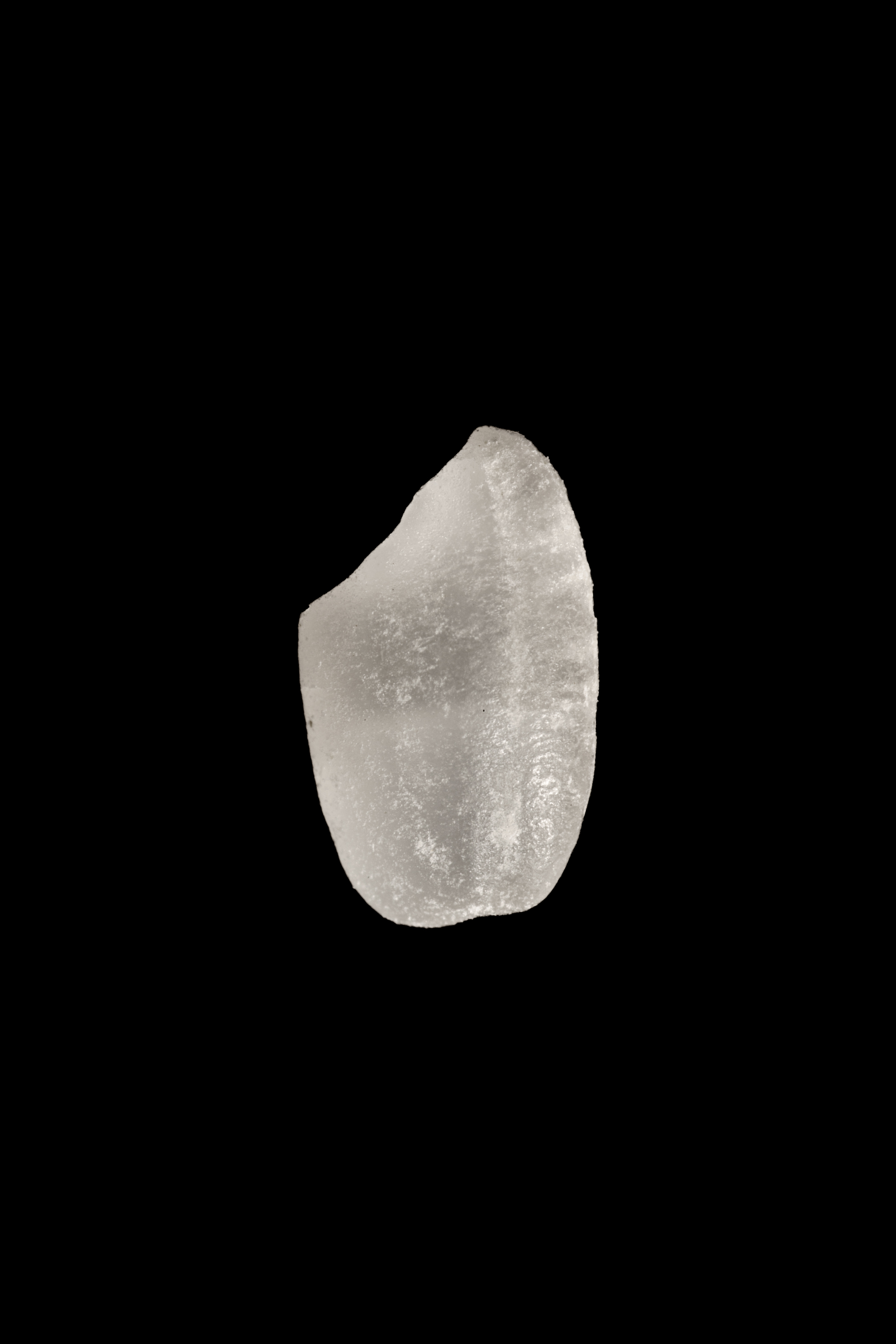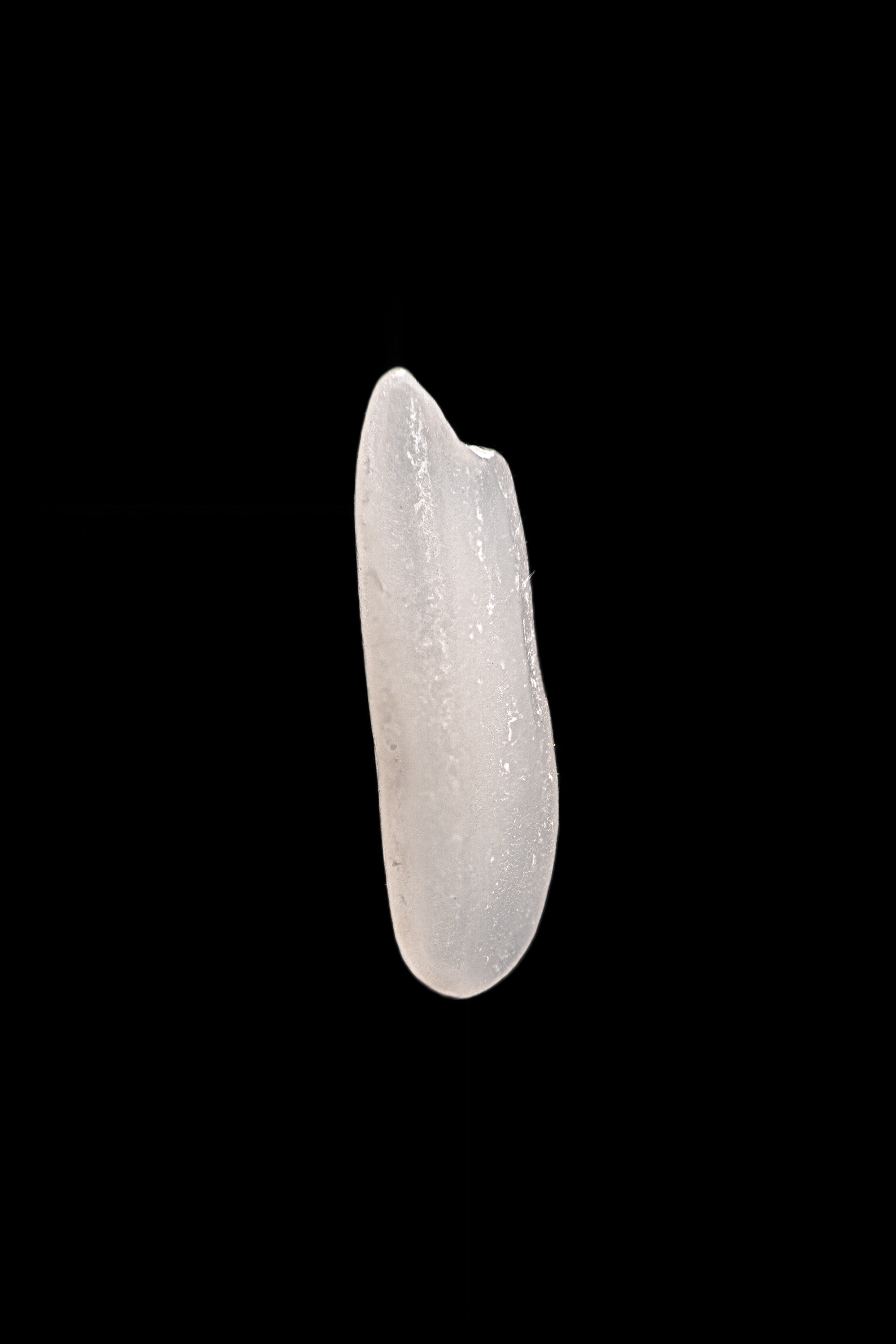PORTRAIT OF GRAIN
2025
2025

Introduction: Statement of Context
The Korean Peninsula has remained divided since the Korean War Armistice Agreement in 1953.
According to figures from South Korea's Ministry of Unification it is estimated that more than 34,000 individuals have defected from North Korea.1
More than 650 of these defectors are currently living in the UK predominantly settled in London's New Malden district.2
The South Korean government does not acknowledge North Korea as a sovereign state but rather a puppet regime occupying South Korean territory illegally.3
Consequently, North Korean defectors are not recognised as "refugees" under South Korean law but instead, as South Korean "citizens".4
While this policy may appear beneficial, it has led to unintended consequences for those seeking asylum outside South Korea, driven by fears of potential discrimination within South Korean society.
In 2009, following an agreement with the South Korean government,
the UK government began refusing asylum applications from North Korean defectors.5
North Korean defectors, effectively refugees yet unrecognised as such,
are facing further dehumanisation through bureaucratic labelling imposed by other state powers, even after their perilous escape.
Project Statement
Through intimate macro portraits of rice, this work explores the tension between prejudice and recognition.
At a glance, a pile of rice is an indistinguishable mass, yet each grain, upon closer view, holds its own shape, shade, texture and imperfections. This mirrors how displaced people are reduced to faceless crowds with bureaucratic labels, despite their distinct stories and identities. This dehumanisation is particularly evident in the case of North Korean defectors, effectively refugees, yet cannot be recognised as such due to political complexities. By shifting our perspective, this project urges us to see beyond the collective and foster empathy for the otherness.
Even today, North Korean defectors in South Korea send bottles of rice drifting across the sea to those in North Korea still trapped in deprivation. As they once drifted, so do these rice grains, retracing their journey. More than just sustenance, the grains within carry their own weight—a quiet assertion of identity, a refusal to be erased.
At a glance, a pile of rice is an indistinguishable mass, yet each grain, upon closer view, holds its own shape, shade, texture and imperfections. This mirrors how displaced people are reduced to faceless crowds with bureaucratic labels, despite their distinct stories and identities. This dehumanisation is particularly evident in the case of North Korean defectors, effectively refugees, yet cannot be recognised as such due to political complexities. By shifting our perspective, this project urges us to see beyond the collective and foster empathy for the otherness.
Even today, North Korean defectors in South Korea send bottles of rice drifting across the sea to those in North Korea still trapped in deprivation. As they once drifted, so do these rice grains, retracing their journey. More than just sustenance, the grains within carry their own weight—a quiet assertion of identity, a refusal to be erased.




































1Ministry of Unification, Republic of Korea, “Statistics on North Korean Defector Arrivals (2025),”
Available at: https://www.unikorea.go.kr/unikorea/business/statistics/
2Time, “See the London Suburb Home to One of the World's Biggest North Korean Refugee Communities,”
February 11, 2016, Available at: https://time.com/4205785/london-new-malden-north-korean-refugees/.
3Constitution of the Republic of Korea, Article 3:
“The territory of the Republic of Korea shall consist of the Korean peninsula and its adjacent islands”.
4UK Upper Tribunal (IAC), GP and others, [2014] UKUT 391 (IAC), point (3):
“All North Korean citizens are also citizens of South Korea.”
5VOA Korea, “548 North Korean defectors granted refugee status in the UK... Sharp decline in applications since 2009,”
February 24, 2017, Available at: https://www.voakorea.com/a/3737152.html.